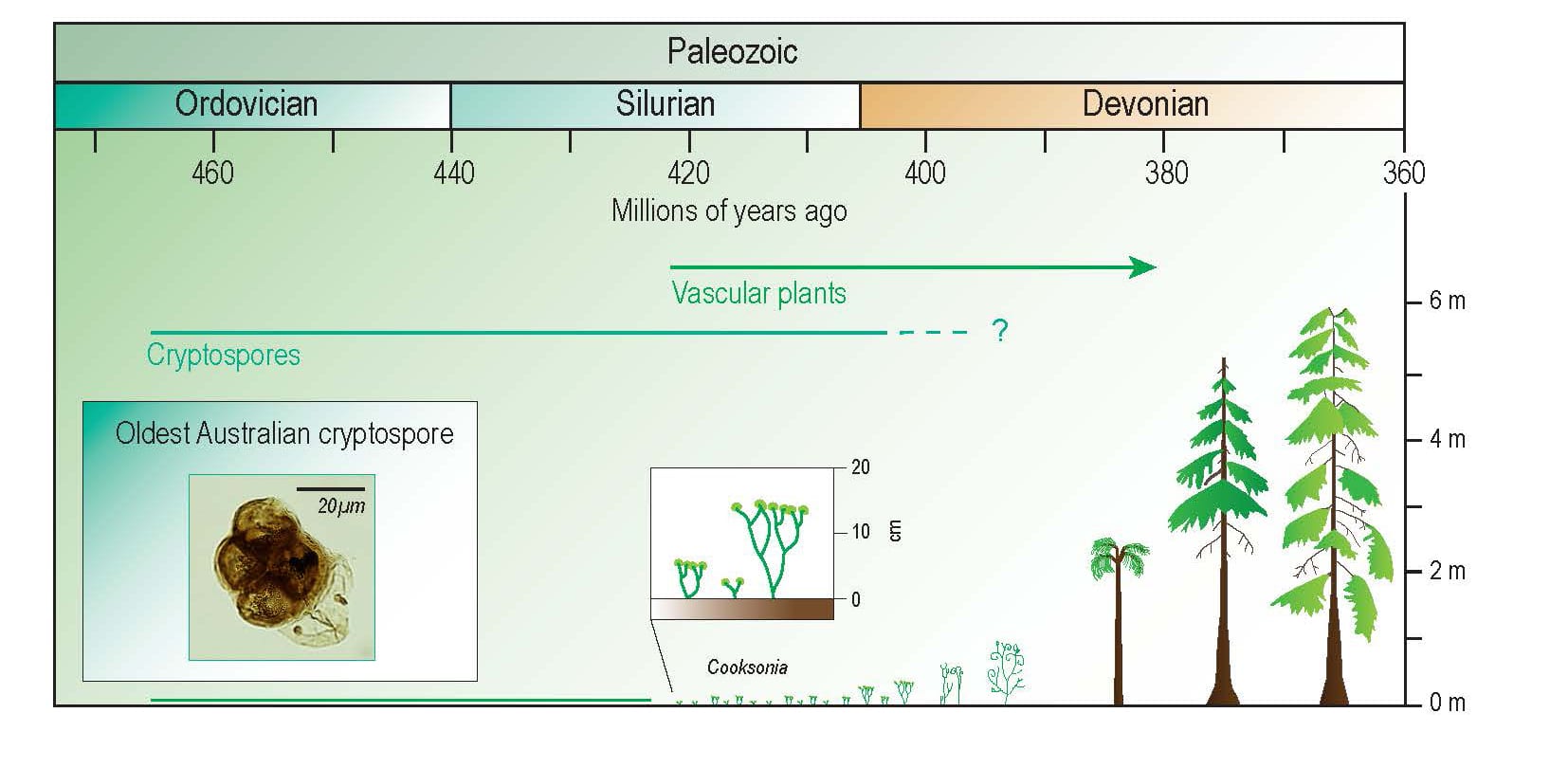Collaborative research led by the WA Organic & Isotope Geochemistry Centre at Curtin University has discovered the oldest land-plant microfossils in Australia, after analysing rocks from Western Australia’s Canning Basin.
The approximately 460 million year old sample was taken from the Goldwyer Formation, which was deposited during a time known as the Ordovician Period, in the Paleozoic Era.
The early Paleozoic, specifically the Middle Ordovician, marks a significant period in Earth’s history due to the appearance and diversification of life on land.
Researchers John Curtin Distinguished Professor Kliti Grice and PhD student Gemma Spaak, both from Curtin University, explained research into early land-plants relies mostly on the preservation and recovery of acid-resistant microfossils, known as cryptospores, which can be found in sedimentary rocks.
“Our research involved the recovery and identification of the oldest crytospores in Australia, which allows us to investigate the palaeoenvironmental conditions associated with plant life in this Period,” Ms Spaak said.
“As this is the first discovery of Middle Ordovician cryptospores in equatorial environments, our results help provide further insight into the geographical distribution and evolution of early land plants.”
Professor Grice explained that molecular fossils, or biomarkers, also found in the rocks complement the cryptospore discovery.
“It appears that these molecular fossils may be derived from bryophyte-like plants, similar to modern-day mosses, which are thought to be the predominant plant species that were present during this time,” Professor Grice said.
“There is a growing body of evidence that suggests terrestrial life originated on the Gondwanan palaeocontinent during the Early-Middle Ordovician period, and our research further progresses that theory.”
The full research paper, Environmental conditions and microbial community structure during the Great Ordovician Biodiversification Event; a multi-disciplinary study from the Canning Basin, Western Australia, is published in the Journal of Global and Planetary Change, can be found here.
The research team also included Professor Clinton Foster from the Australian National University and The University of Western Australia.
The research was funded by the Australian Government through an Australian Research Council (ARC) Discovery Outstanding Research Award.



